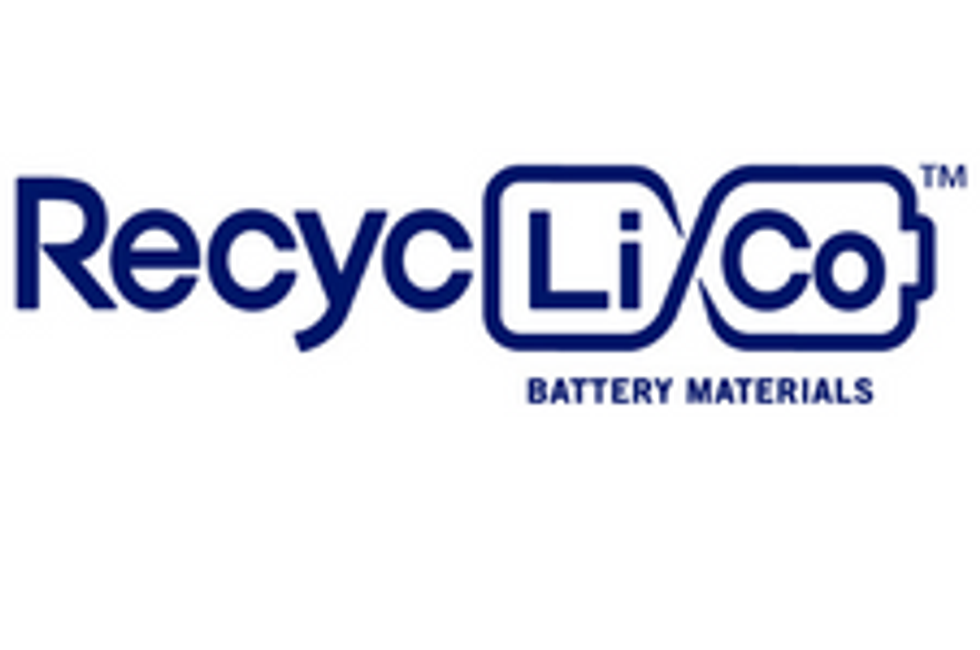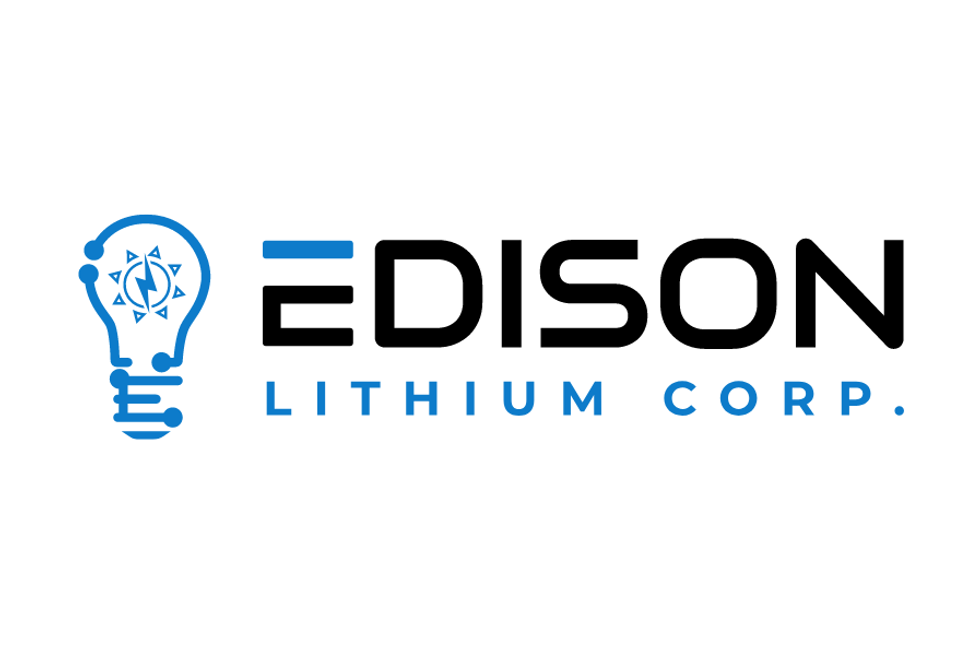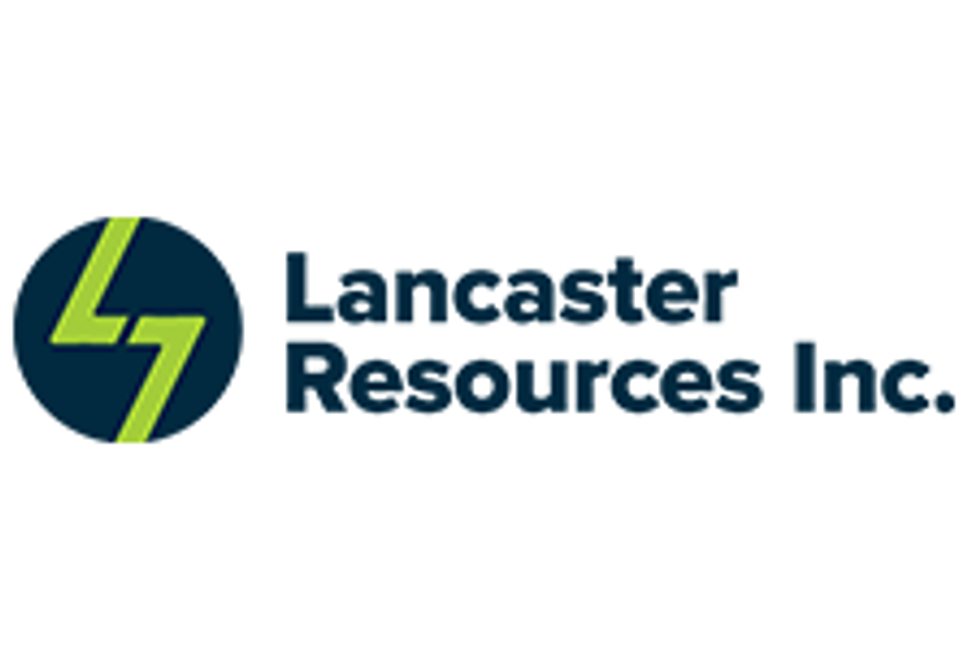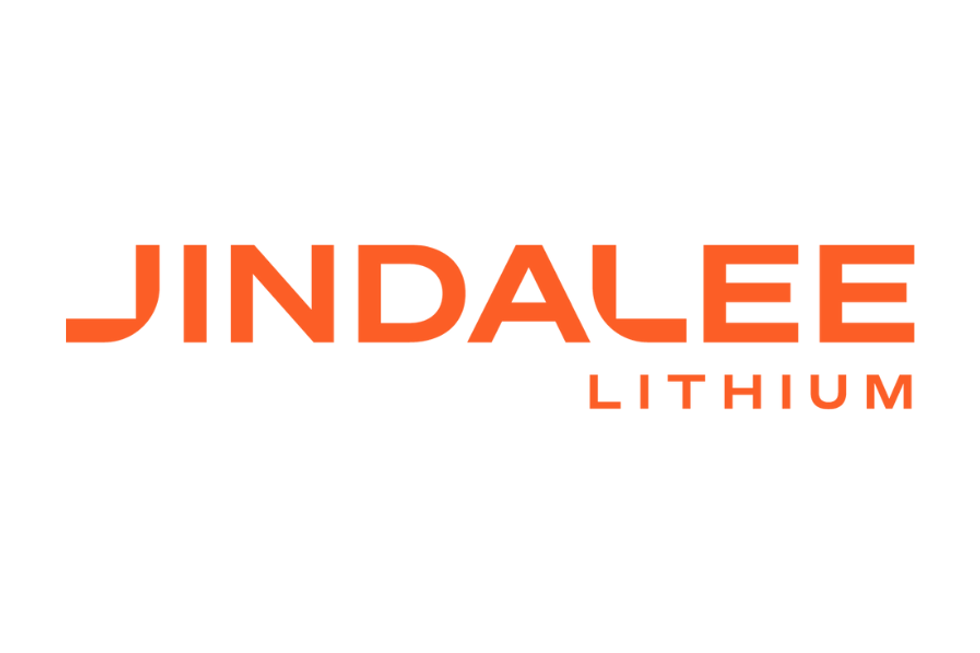- AustraliaNorth AmericaWorld
Investing News NetworkYour trusted source for investing success
- Lithium Outlook
- Oil and Gas Outlook
- Gold Outlook Report
- Uranium Outlook
- Rare Earths Outlook
- All Outlook Reports
- Top Generative AI Stocks
- Top EV Stocks
- Biggest AI Companies
- Biggest Blockchain Stocks
- Biggest Cryptocurrency-mining Stocks
- Biggest Cybersecurity Companies
- Biggest Robotics Companies
- Biggest Social Media Companies
- Biggest Technology ETFs
- Artificial Intellgience ETFs
- Robotics ETFs
- Canadian Cryptocurrency ETFs
- Artificial Intelligence Outlook
- EV Outlook
- Cleantech Outlook
- Crypto Outlook
- Tech Outlook
- All Market Outlook Reports
- Cannabis Weekly Round-Up
- Top Alzheimer's Treatment Stocks
- Top Biotech Stocks
- Top Plant-based Food Stocks
- Biggest Cannabis Stocks
- Biggest Pharma Stocks
- Longevity Stocks to Watch
- Psychedelics Stocks to Watch
- Top Cobalt Stocks
- Small Biotech ETFs to Watch
- Top Life Science ETFs
- Biggest Pharmaceutical ETFs
- Life Science Outlook
- Biotech Outlook
- Cannabis Outlook
- Pharma Outlook
- Psychedelics Outlook
- All Market Outlook Reports

Joe Lowry of Global Lithium shares his thoughts on the lithium space and why Argentina will be a powerhouse in the brine sector. He also speaks briefly about cobalt.
There’s lots to talk about in the lithium space these days, and there’s certainly no sign of a slowdown in the sector anytime soon.
While in Toronto for the Prospectors & Developers Association of Canada (PDAC) conference, the Investing News Network (INN) had the chance to meet up with Joe Lowry — Mr. Lithium himself — of Global Lithium.
In the interview above, Lowry shares his thoughts on the potential for Argentina to become a top lithium exporter. Notably, Lowry predicts that within the next four or five years, two more world-class assets will be developed in the country.
“Given the number of producers, and the relative ability to bring new production online, I believe that by 2021 or 2022, Argentina will be outproducing Chile,” he says.
Other highlights of the conversation include:
- why many junior lithium companies have a hard time succeeding
- why Quebec is the “number-one North American play” for lithium
- Lowry’s thoughts on the Orocobre (TSX:ORL) and Advantage Lithium (TSXV:AAL) joint venture
- whether he thinks cobalt could garner more attention than lithium in 2017
Below is a transcript of our conversation. It has been edited for clarity and brevity. To listen to the interview, please scroll to the top of this page.
INN: In 2016, lithium production in Argentina grew significantly. What are your thoughts on the country’s potential to become a top lithium exporter?
JL: Anybody who’s read some of the things I’ve written about the industry in the past couple of years knows I’m an Argentina bull. Although Argentina doesn’t have the lowest-cost brine, it has a greater diversity of resources. So my expectation is, in addition to FMC (NYSE:FMC) and Orocobre, who are now producing, within four or five years, you’re going to have two other world-class assets developed. That would be Cauchari, which is the SQM (NYSE:SQM)/Lithium Americas (TSX:LAC) [joint venture], and then you will also see Galaxy Resources (ASX:GXY) develop Sal de Vida.
Given the number of producers, and the relative ability to bring new production online, I believe that by 2021 or 2022, Argentina will be outproducing Chile.
INN: You recently said that most junior lithium companies will fail. Can you elaborate a little bit more on that?
JL: That is really a numbers game. There are so many juniors. This is an attractive space for people to try to enter. You’ve got a lot of shelf companies that are suddenly magically lithium companies with no path to production. So I’m not making negative statements about the good projects’ ability to produce, although project execution has always been difficult in the lithium industry. That’s kind of the history of the space, but I’m saying that I think now there are over 100 companies in Australia that have lithium in their name, and I don’t see 10 percent of those companies ever producing.
INN: A lot of companies have turned their attention to the Clayton Valley in Nevada, but you’ve said that Quebec is “the number-one North American play.” Why is that?
JL: Well, first of all I believe it’s quality of resources. The hard rock in Quebec is going to be able to be developed. In fact, in Val d’Or, that resource has produced in the past, going back to the 1950s. Whabouchi is a good asset; it needs capital, as does James Bay. But if we look at the Clayton Valley, the current brine operation that Albemarle (NYSE:ALB) has, Silver Peak, is very marginal in terms of brine in the world if you rank it up against other assets. That’s the best, and now you’re looking at offshoots of that. The Clayton Valley has poor evaporation characteristics, it has low lithium values and the companies that are there now, a lot of them are talking about new technology — unproven new technology.
So I think we’ve got a long way for the market to get to the point where the Clayton Valley does anything. I say in the next 10 years, you do not see significant production but what’s currently there out of that part of Nevada, in brine anyway.
INN: In the past, you have been critical of Orocobre. What are your thoughts on the company now that it and Advantage Lithium have closed a $20-million financing under which Orocobre will provide Advantage up to 75 percent of its Cauchari project?
JL: I try not to be critical of the company per se. I am critical of the way the company has not honestly talked about their situation for the past couple of years. I’ve been criticized for criticizing them much of the last two years. But I think if you look at their recent announcements, it turns out that almost everything that I said is actually a real problem that they’re not adequately addressing. Now again they’re going to miss their targets and they’ve revamped their targets for 2017 because of the pond problems.
There’s still problems across that operation and I hope they succeed, ultimately. The industry needs that production, but my criticism has been to the former chairman, and the current MD has been very disingenuous about how they’ve talked about that operation. I don’t think Advantage Lithium brings anything more to bear. If I look at the resources in Argentina, I’ll still say Cauchari and Olaroz are okay. Cauchari and Olaroz are more than okay, but the tenements around that, I can’t speak to. I don’t see them being in production for quite awhile, I think the next thing you’re going to look at is … Sal de Vida, and SQM and [Lithium Americas].
INN: I’ve read that cobalt may garner more attention than lithium in 2017. What are your thoughts on that?
JL: I hope cobalt gets a lot of attention, because honestly I’m in the lithium space, but too many people are talking about lithium. There’s too much talk and too little action. So I’d like to see more production come online, and less talk about “lithium’s the next big thing” — lithium’s had its 15 minutes of fame, let’s put operations into production and move forward with real assets producing real product rather than talk, and let cobalt be the darling of the media in 2017.
Don’t forget to follow us @INN_Resource for real-time news updates!
Securities Disclosure: I, Jocelyn Aspa, hold no direct investment interest in any company mentioned in this article.
Editorial Disclosure: The Investing News Network does not guarantee the accuracy or thoroughness of the information reported in contributed article. The opinions expressed in these interviews do not reflect the opinions of the Investing News Network and do not constitute investment advice. All readers are encouraged to perform their own due diligence.
Advantage Lithium is a client of the Investing News Network. This article is not paid-for content.
Outlook Reports
Featured Battery Metals Stocks
Browse Companies
MARKETS
COMMODITIES
| Commodities | |||
|---|---|---|---|
| Gold | 2390.76 | +10.82 | |
| Silver | 28.68 | +0.44 | |
| Copper | 4.52 | +0.05 | |
| Oil | 83.24 | +0.51 | |
| Heating Oil | 2.56 | +0.01 | |
| Natural Gas | 1.76 | +0.01 | |
Investing News Network websites or approved third-party tools use cookies. Please refer to the cookie policy for collected data, privacy and GDPR compliance. By continuing to browse the site, you agree to our use of cookies.





